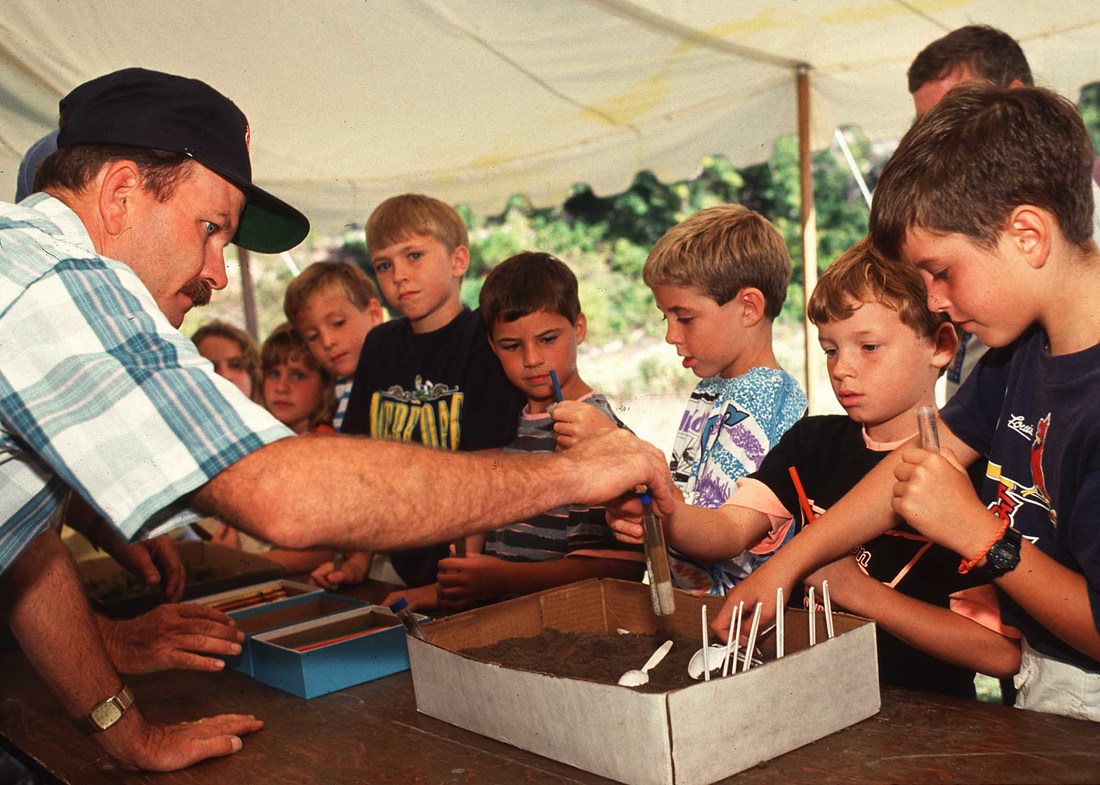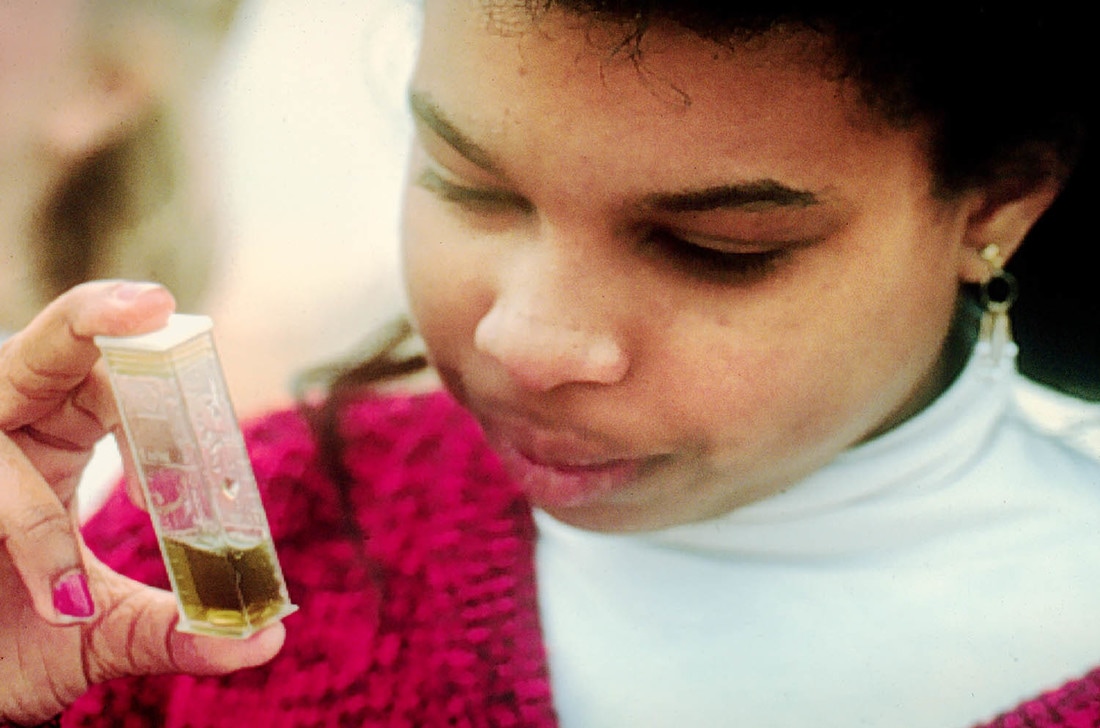Youth Water Education
|
As part of the federal initiative to improve stewardship and management of water resources, Andrews directed several studies to investigate youth water education needs and to provide education models that others could use as a guide for developing locally appropriate resources.
Youth as Partners: A Cooperative Extension Service investment in community-based environmental education 1991–1998 summarizes initial efforts. Specific initiatives include:
Just as important as the programs, partnerships and materials accessed or created through these initiatives has been the core set of beliefs guiding their development:
Why involve youth?
|


